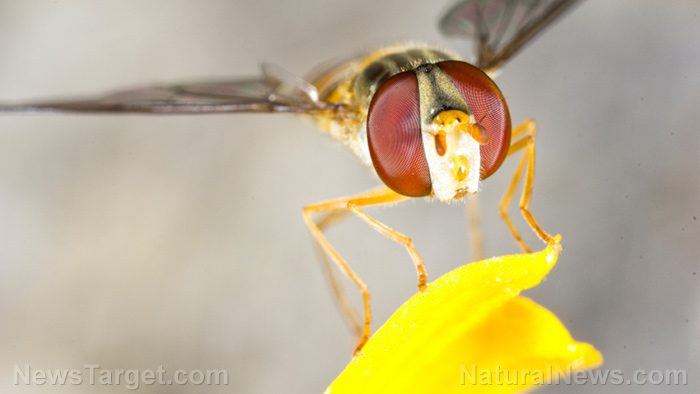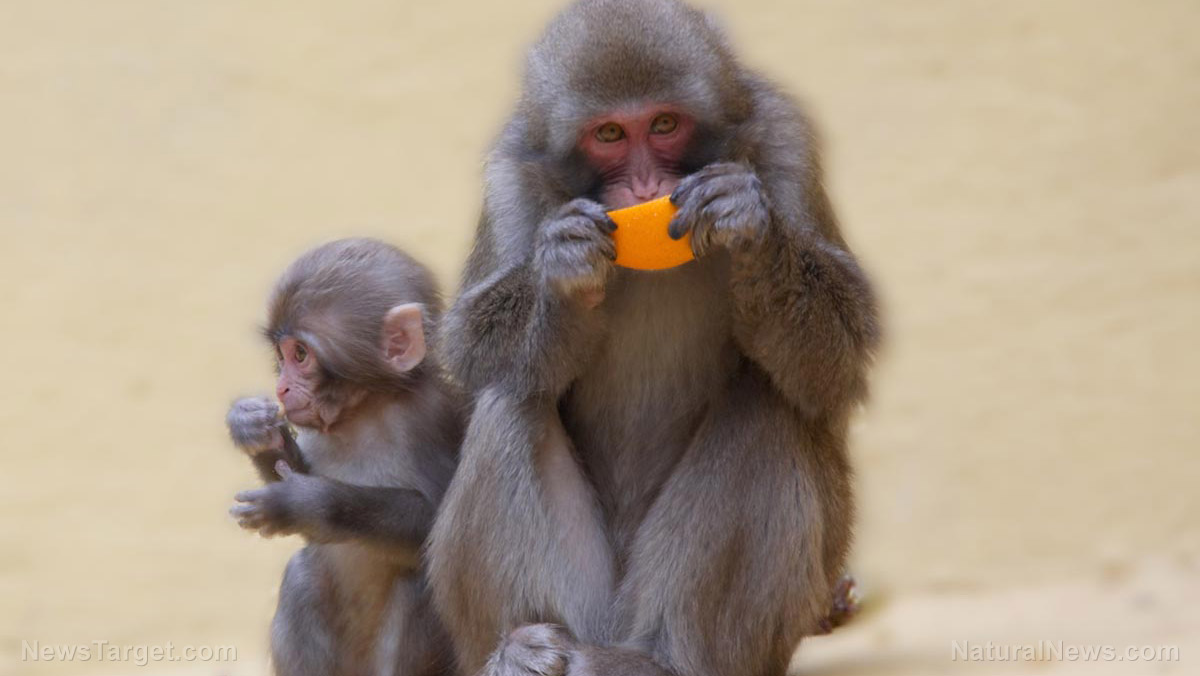
Transitive inference leverages known links to reason out unknown relationships. An animal capable of such logic knows that if A is greater than B, and B is likewise greater than C, then A is greater than C.
Besides humans, vertebrate animals capable of using transitive inference include birds, fish, and monkeys.
A 2004 study by researchers from CNRS and Université Paul-Sabatier evaluated the ability of honeybees to use transitive inference. They reported that the insects failed the logic test – one theory was that the bee's small nervous system hampered it.
A paper wasp's nervous system is roughly the same size as a honeybee. However, the wasp follows a different type of social behavior than a bee.
University of Michigan (UM) researcher Elizabeth Tibbetts believed that the social skills of paper wasps might help them solve the transitive inference test that perplexed honeybees. Her team ran an experiment with two common species of paper wasp. (Related: Bugs for green thumbs: 7 Beneficial bugs that you need in your garden.)
Paper wasps pass the transitive inference test of logical reasoning
“We’re not saying that wasps used logical deduction to solve this problem, but they seem to use known relationships to make inferences about unknown relationships,” Tibbetts clarified. “Our findings suggest that the capacity for complex behavior may be shaped by the social environment in which behaviors are beneficial, rather than being strictly limited by brain size.”
The UM researchers took paper wasp queens and trained each insect to discriminate between "premise pairs" of colors. The training linked one color in each pair to a mild electric shock while the other did nothing.
To Tibbetts' surprise, the wasps quickly and correctly figured out which color of a premise pair produced the shock.
Next, her team presented new sets of premise pairs to the trained wasps. The insects had to determine which color produced an unpleasant shock.
The wasps proved capable of organizing data into a hierarchy. Drawing from their experience, they used transitive inference to pick which member of a premise pair might be less likely to shock them.
“I thought wasps might get confused, just like bees,” remarked Tibbetts. “But they had no trouble figuring out that a particular color was safe in some situations and not safe in other situations.”
Wasp societies encourage cognitive abilities linked to transitive inference
Both wasps and honeybees have tiny brains. Despite similar brainpower, they achieved different results.
While they are both social insects, honeybees and paper wasps live in different societies. A honeybee colony houses a single queen that rules over many equally ranked female workers.
In comparison, a paper wasp colony has multiple founders. The reproductive females compete with each other, leading to the establishment of linear hierarchies.
The rank of an individual determines its shares of food, reproduction, and work. If a sudden change – such as the weakening or death of a founder – took place in the hierarchy, the wasps need to figure out the new pecking order quickly.
The cognitive abilities associated with transitive inference may help paper wasps make quick deductions about new social relationships. The skill set may also help female paper wasps to organize data spontaneously during the transitive inference tests.
The UM study did not find out the specific method by which paper wasps developed and manipulated an implicit hierarchy of data. However, earlier studies by Tibbetts' team noted that the wasps identified individuals of their species based on facial markings.
Visit Discoveries.news for more news and studies on animal behavior and cognition.
Sources include:
Please contact us for more information.























